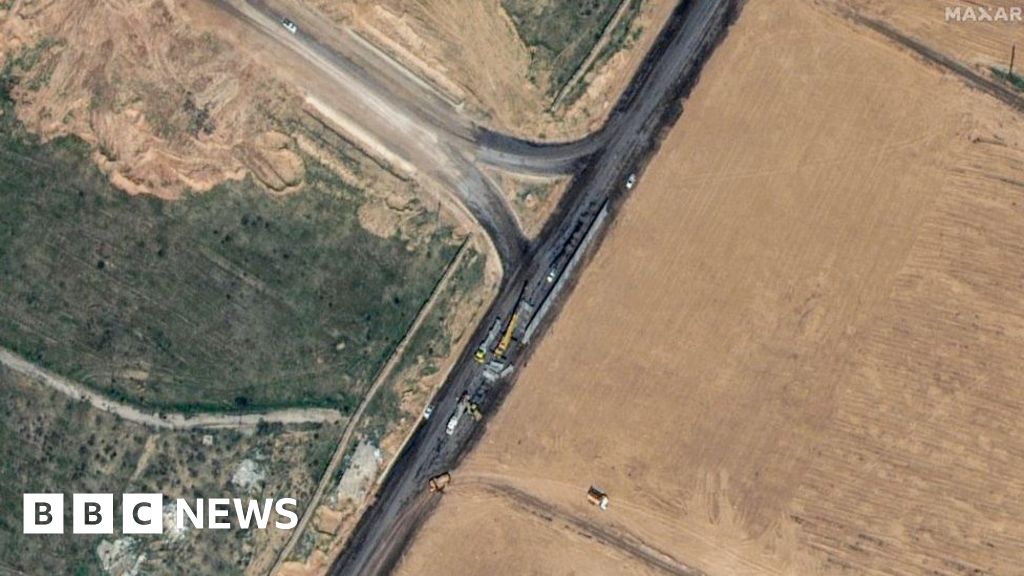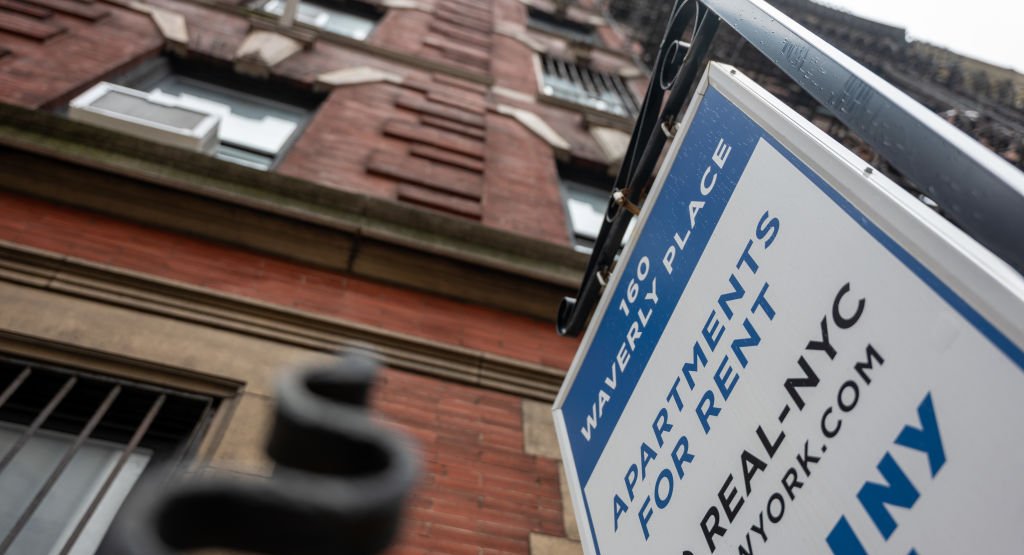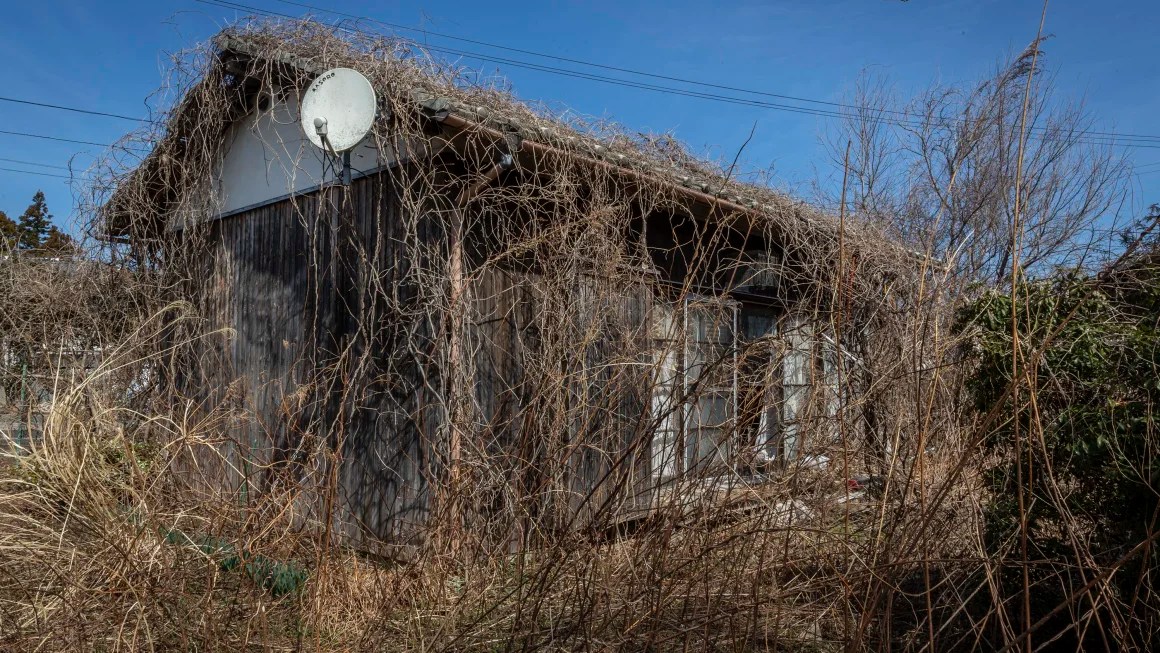
- By Alice Davies and Paul Adams, Diplomatic Correspondent
- BBC News
Image source, Maxar Technologies
Satellite images appear to show extensive construction work underway along the Egyptian border with Gaza, which reports claim is being carried out in preparation to house Palestinian refugees.
Unnamed Egyptian sources reportedly said that work is underway to establish an isolated buffer zone containing a walled fence in Egypt's North Sinai Governorate in the event that Israel continues its planned ground offensive in the city of Rafah, located in the far south of Gaza.
According to a report published by a human rights group, seven-metre-high walls are being built in the area.
Egypt has publicly denied making any such preparations.
Defense Minister Yoav Galant also said that Israel “has no intention of evacuating Palestinian civilians to Egypt.”
Since the beginning of the Gaza war following the Hamas attack on Israel on October 7, Egypt has consistently said that it will not open its borders to refugees.
It has taken this position partly because it does not want to appear complicit in the large-scale displacement of Palestinians, but also because of economic and security concerns.
Israeli Prime Minister Benjamin Netanyahu appears intent on launching a major attack in Rafah, where some 1.4 million people live, despite international warnings.
Israel claims that Hamas forces are present in the city and must be “eliminated.” It also believes Israeli hostages – 130 of whom are still missing – are being held there.
Ahead of the planned attack on Rafah, Israel directs civilians to move to open land north of the city.
Netanyahu has spoken vaguely about “the areas we cleared north of Rafah,” but indications are that planning is still at an early stage.
Israel had previously instructed the Palestinians to head to Rafah while fighting was continuing in the northern Gaza Strip at the beginning of its attack.
“We will fight until complete victory, and this includes strong action also in Rafah after we allow the civilian population to leave the combat areas,” Netanyahu said on Thursday.
The latest satellite images, released by Maxar Technologies, may indicate that Egypt has decided to take precautionary measures as a result of the impending attack.
In one photo, dated February 15, large areas of land near the Rafah crossing into Gaza appear to have been cleared.
The work appears to have been completed in the past few days, as can be seen when comparing the scene with a previous photo of the same area five days ago.
The Egyptian governor of North Sinai, Mohamed Shousha, told the Saudi Al-Arabiya Al-Hadath news channel on Thursday that the purpose of the activity in the region is to “conduct an inventory of homes” that were destroyed during the past Egyptian campaign against the Islamists. State group in the region.
Shousha added that Egypt's position is “not to allow the forced displacement of Gaza residents to Egypt.”
But satellite images taken on February 15 also show construction vehicles spread out along the road next to the cleared border area, some of which appear to be erecting a large wall.
In the close-up photo below, a vehicle can be seen next to the wall panels that appear to be sitting on the floor and ready to be added to the wall.
Image source, Maxar Technologies
In addition to satellite images, photos and videos of the area taken and posted by members of the Sinai Foundation for Human Rights appear to show ongoing construction work.
The report also quoted a source familiar with the matter as saying that the construction is taking place with the aim of “receiving refugees from Gaza in the event of a mass exodus of the residents of the Strip.”
Speaking to foreign journalists on Thursday, Israeli Defense Minister Yoav Gallant reiterated the matter: “The State of Israel has no intention of evacuating Palestinian civilians to Egypt.
He added: “We respect and appreciate the peace agreement we concluded with Egypt, as it is the cornerstone of stability in the region and an important partner.”
Israel knows that it cannot appear to expel Palestinians from their lands, but that does not mean it will prevent people from leaving if they want to.
Israel will not stand in the way if Egypt is willing to receive about 100,000 refugees (as some estimates indicate the capacity of the fenced area being built in the Egyptian Sinai).
UN officials are deeply concerned, fearing a mass evacuation is looming. “It seems to be heading in this direction,” one official told the BBC, on condition of anonymity.
Speaking to Reuters news agency at the Munich Security Conference, the United Nations High Commissioner for Refugees, Filippo Grandi, warned that the influx of refugees from Rafah into Egypt would be “a disaster for the Palestinians… the future of peace.”
Expulsion to Egypt – as any cross-border evacuation would feel – touches on the deepest Palestinian fears.
About 80% of the population of the Gaza Strip are descendants of refugees who fled or were expelled from their villages during the Israeli War of Independence.
Leaving Gaza, the last part of their ancestral home, will seem to many to be a repeat of what Palestinians call the “Nakba,” or the catastrophe of 1948.
Even if the refugee camp on the other side of the border is described as a temporary shelter, the sense of shock that accompanies their departure from Gaza is likely to be profound.
Although Israel may want to portray this as a voluntary move – in response to an Egyptian call – the Palestinians will find it difficult to view it as anything other than another forced expulsion, more than four months after the Israeli attack on the Gaza Strip.
The Ministry of Health in the Hamas-run Palestinian Territories reported that at least 28,775 people, mostly women and children, were killed as a result of the Israeli attack on Gaza.
Israel took action after Hamas-led militants killed about 1,200 people and took 253 hostage in a surprise attack on its territory on October 7.

“Travel specialist. Typical social media scholar. Friend of animals everywhere. Freelance zombie ninja. Twitter buff.”



/cdn.vox-cdn.com/uploads/chorus_asset/file/25439282/640.jpg)

More Stories
George Building Collapse: Rescue of Trapped South African Dad Delphin Sapphires
The Italian president said the Russian invasion of Ukraine could not be resolved by rewarding Moscow’s aggression
Chinese President Xi Jinping receives an official reception in Serbia